
Angela Anaïs Juana Antolina Rosa Edelmira Nin y Culmell was a French-born American diarist, essayist, novelist, and writer of short stories and erotica. Born to Cuban parents in France, Nin was the daughter of the composer Joaquín Nin and the classically trained singer Rosa Culmell. Nin spent her early years in Spain and Cuba, about sixteen years in Paris (1924–1940), and the remaining half of her life in the United States, where she became an established author.

Henry Valentine Miller was an American novelist, short story writer and essayist. He broke with existing literary forms and developed a new type of semi-autobiographical novel that blended character study, social criticism, philosophical reflection, stream of consciousness, explicit language, sex, surrealist free association, and mysticism. His most characteristic works of this kind are Tropic of Cancer, Black Spring, Tropic of Capricorn, and the trilogy The Rosy Crucifixion, which are based on his experiences in New York City and Paris. He also wrote travel memoirs and literary criticism, and painted watercolors.
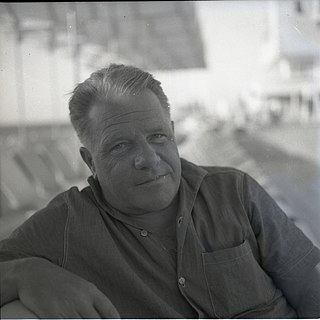
Lawrence George Durrell was an expatriate British novelist, poet, dramatist, and travel writer. He was the eldest brother of naturalist and writer Gerald Durrell.

Tropic of Cancer is an autobiographical novel by Henry Miller that is best known as "notorious for its candid sexuality", with the resulting social controversy considered responsible for the "free speech that we now take for granted in literature." It was first published in 1934 by the Obelisk Press in Paris, France, but this edition was banned in the United States. Its publication in 1961 in the United States by Grove Press led to obscenity trials that tested American laws on pornography in the early 1960s. In 1964, the U.S. Supreme Court declared the book non-obscene. It is regarded as an important work of 20th-century literature.
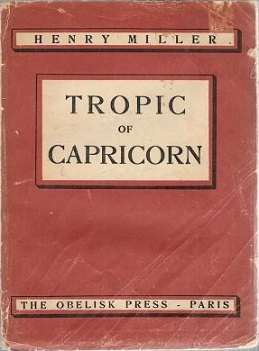
Tropic of Capricorn is a semi-autobiographical novel by Henry Miller, first published by Obelisk Press in Paris in 1939. A prequel of sorts to Miller's first published novel, 1934's Tropic of Cancer, it was banned in the United States until a 1961 Justice Department ruling declared that its contents were not obscene.
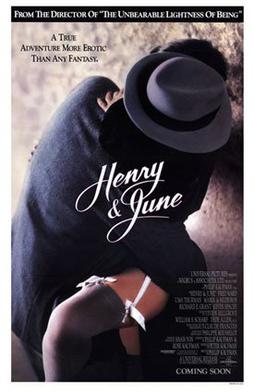
Henry & June is a 1990 American biographical drama film directed by Philip Kaufman, and starring Fred Ward, Uma Thurman, and Maria de Medeiros. It is loosely based on the posthumously published 1986 Anaïs Nin book of the same name, and tells the story of Nin's relationship with Henry Miller and his wife, June.
Alfred Perlès (1897–1990) was an Austrian writer, who was most famous for his associations with Henry Miller, Lawrence Durrell, and Anaïs Nin.

Incest: From a Journal of Love: The Unexpurgated Diary of Anaïs Nin (1932–1934) is a 1992 non-fiction book by Anaïs Nin. It is a continuation of the diary entries first published in Henry and June: From the Unexpurgated Diary of Anaïs Nin. It features Nin's relationships with writer Henry Miller, his wife June Miller, the psychoanalyst Otto Rank, her father Joaquín Nin, and her husband Hugh Parker Guiler. She also copied some of her correspondence with these people into her diary. Much of this book was written in English, although those of her letters which were originally written in French and Spanish were translated. Most of this diary takes place in France, particularly Clichy, Paris and Louveciennes.
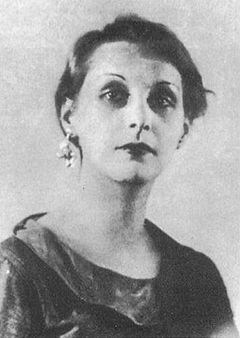
June Miller was the second wife of novelist Henry Miller. He wrote prolifically about her and their relationship in his books, usually using the pseudonyms Mona or Mara interchangeably. She also appears prominently in the early diaries of Anaïs Nin.
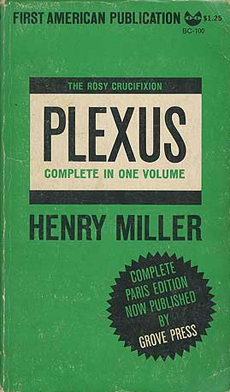
The Rosy Crucifixion, a trilogy consisting of Sexus, Plexus, and Nexus, is a fictionalized account documenting the six-year period of Henry Miller's life in Brooklyn as he falls for his second wife June and struggles to become a writer, leading up to his initial departure for Paris in 1928. The title comes from a sentence near the end of Miller's Tropic of Capricorn: "All my Calvaries were rosy crucifixions, pseudo-tragedies to keep the fires of hell burning brightly for the real sinners who are in danger of being forgotten."

Black Spring is a book of ten short stories by the American writer Henry Miller, published in 1936 by the Obelisk Press in Paris, France. Black Spring was Miller's second published book, following Tropic of Cancer and preceding Tropic of Capricorn. The book was written in 1932-33 while Miller was living in Clichy, Hauts-de-Seine, a northwestern suburb of Paris. Like Tropic of Cancer, the book is dedicated to Anaïs Nin.

Surprise Lake Camp is a non-profit sleepaway camp located on over 400 acres (1.6 km2) in North Highlands, New York. It is the oldest Jewish summer camp in the United States.

Anthony Cowper Bailey was an English writer and art historian.
Mildred Grosberg Bellin was an American cookbook author. She is most noted for her influential cookbooks Modern Jewish Meals and The Jewish Cookbook, which brought modern nutritional ideas into Jewish cooking.
Janet Burroway is an American author. Burroway's published oeuvre includes eight novels, memoirs, short stories, poems, translations, plays, two children's books, and two how-to books about the craft of writing. Her novel The Buzzards was nominated for the 1970 Pulitzer Prize. Raw Silk is her most acclaimed novel thus far. While Burroway's literary fame is due to her novels, the book that has won her the widest readership is Writing Fiction: A Guide to Narrative Craft, first published in 1982. Now in its 10th edition, the book is used as a textbook in writing programs throughout the United States.

The Colossus of Maroussi is an impressionist travelogue by American writer Henry Miller that was first published in 1941 by Colt Press of San Francisco. Set in pre-Second World War Greece of 1939, it is ostensibly an exploration of the "Colossus" of the title, George Katsimbalis, a poet and raconteur. The work is frequently heralded as Miller's best.
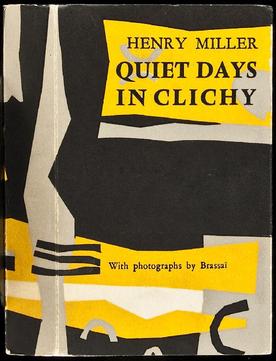
Quiet Days in Clichy is a novella written by Henry Miller. It is based on his experience as a Parisian expatriate in the early 1930s, when he and Alfred Perlès shared a small apartment in suburban Clichy as struggling writers. It takes place around the time Miller was writing Black Spring. According to his photographer friend George Brassaï, Miller admitted the title is “completely misleading.”
The following is a bibliography of Henry Miller by category.

Big Sur and the Oranges of Hieronymus Bosch is a memoir written by Henry Miller, first published in 1957, about his life in Big Sur, California, where he resided for 18 years.

Tropic Zone is a 1953 American crime film written and directed by Lewis R. Foster and starring Ronald Reagan, Rhonda Fleming, Estelita Rodriguez, Noah Beery Jr., Grant Withers and John Wengraf. It was released on January 14, 1953, by Paramount Pictures.














